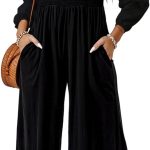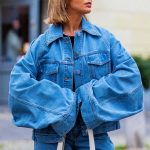
In the realm of outerwear, wool coats stand as a timeless and versatile staple, renowned for their warmth, comfort, and enduring style. However, when the skies turn gray and the rain begins to fall, a common question arises: are wool coats suitable for rainy weather? While wool boasts exceptional breathability and moisture-wicking properties, its inherent water resistance often sparks doubt.
Deciphering the Water Resistance Enigma
Wool, derived from the fleece of sheep, possesses a unique combination of properties that make it a highly sought-after fiber for clothing. Its insulating prowess traps air between its fibers, providing warmth without excessive bulk, while its moisture-wicking capabilities help regulate body temperature and prevent overheating. Additionally, wool’s breathability allows air to circulate freely, ensuring comfort and preventing stuffiness. Moreover, wool’s durability makes it resistant to wear and tear, ensuring long-lasting wear.
Despite these remarkable qualities, wool is not inherently waterproof. The wool fibers themselves can absorb water, causing the fabric to become wet and heavy. However, the extent of water penetration is influenced by several factors:
-
Wool Type: Different types of wool exhibit varying levels of water resistance. Merino wool, with its fine fibers, tends to be less water-resistant than coarser wool types like Harris tweed.
-
Fabric Treatment: Wool fabrics can be treated with water-repellent finishes that enhance their resistance to water penetration. These treatments create a barrier on the surface of the fabric, causing water droplets to bead up and roll off.
-
Weave Density: Tightly woven wool fabrics tend to be more water-resistant than loosely woven fabrics, as the tighter weave allows less water to penetrate the fabric.
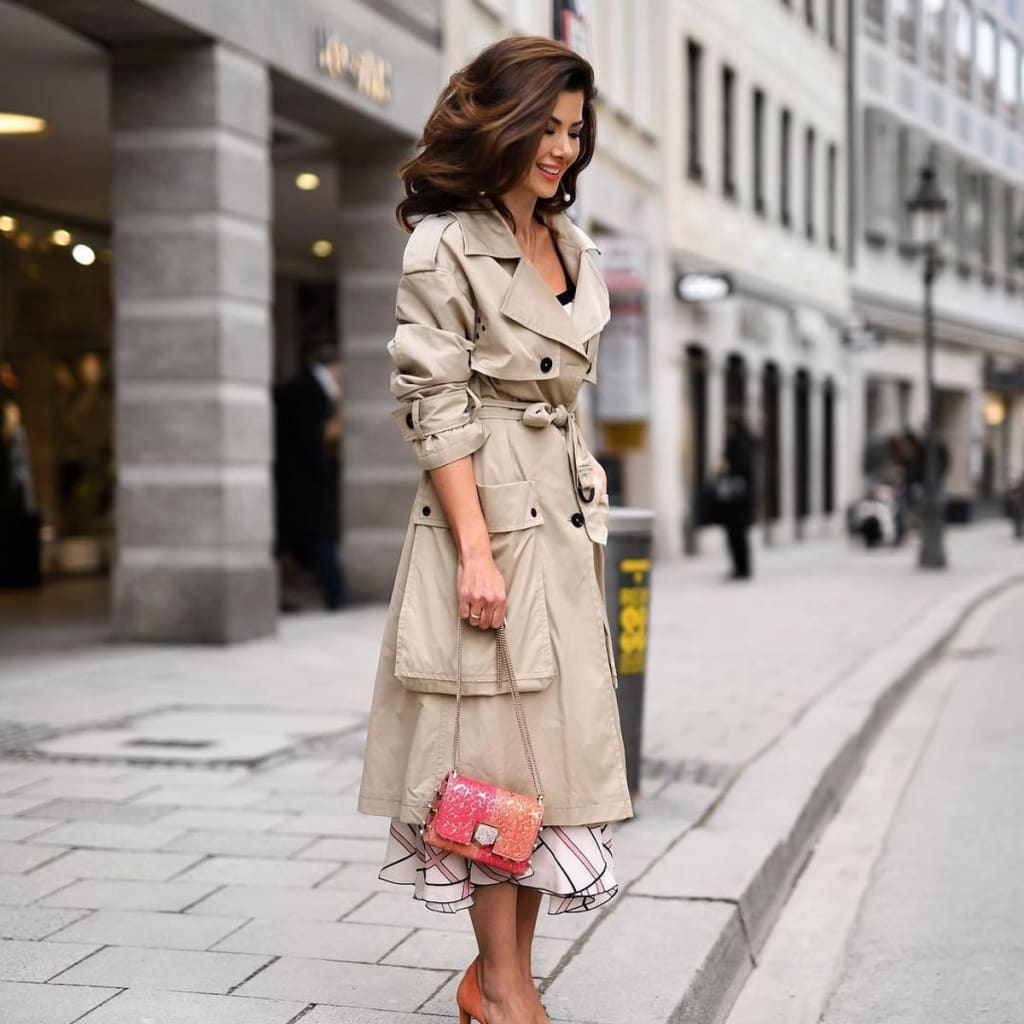
Navigating the Rainy Landscape with Wool Coats
While not all wool coats are suitable for heavy downpours, certain types offer better water resistance and may be appropriate for light rain or drizzle:
-
- Trench Coats: Trench coats, typically made from water-resistant wool blends, feature a double-breasted closure, storm flaps, and a belted waist, providing some protection from rain. Their classic design and versatility make them a popular choice for both casual and formal settings.
-
- Peacoats: Peacoats, with their shorter length and tight-fitting design, offer a more casual alternative for light rain. Choose coats made from treated wool or wool blends for enhanced water resistance. Their timeless style and adaptability make them a wardrobe staple for cooler months.
-
- Mackintosh Coats: Mackintosh coats, traditionally made from waterproof rubberized wool, provide excellent protection from rain. However, their stiff material may not be as comfortable as other wool coats. Their exceptional water resistance makes them ideal for heavy rain, but their limited breathability may not be suitable for all conditions.
Enhancing Wool Coats’ Rain Resistance
Several strategies can enhance the water resistance of a wool coat, extending its lifespan and versatility in rainy weather:
-
Wool Treatments: Applying water-repellent sprays or waxes to the coat’s exterior creates a water-shedding barrier that helps repel water droplets. Regular reapplication is essential to maintain effectiveness. These treatments can significantly improve the water resistance of a wool coat, making it more suitable for light rain or drizzle.
-
Layering Strategies: Layering a water-resistant shell over your wool coat provides added protection in heavier rain. The shell can shield the wool from direct water exposure while allowing the wool’s breathability to keep you comfortable. This layering technique offers both protection from the elements and the benefits of wool’s natural properties.
-
Choosing the Right Wool Coat: Selecting a wool coat made from water-resistant wool blends or treated wool fabrics provides a higher degree of water resistance from the outset. These fabrics are specifically designed to withstand moisture better than untreated wool, making them more suitable for rainy conditions.
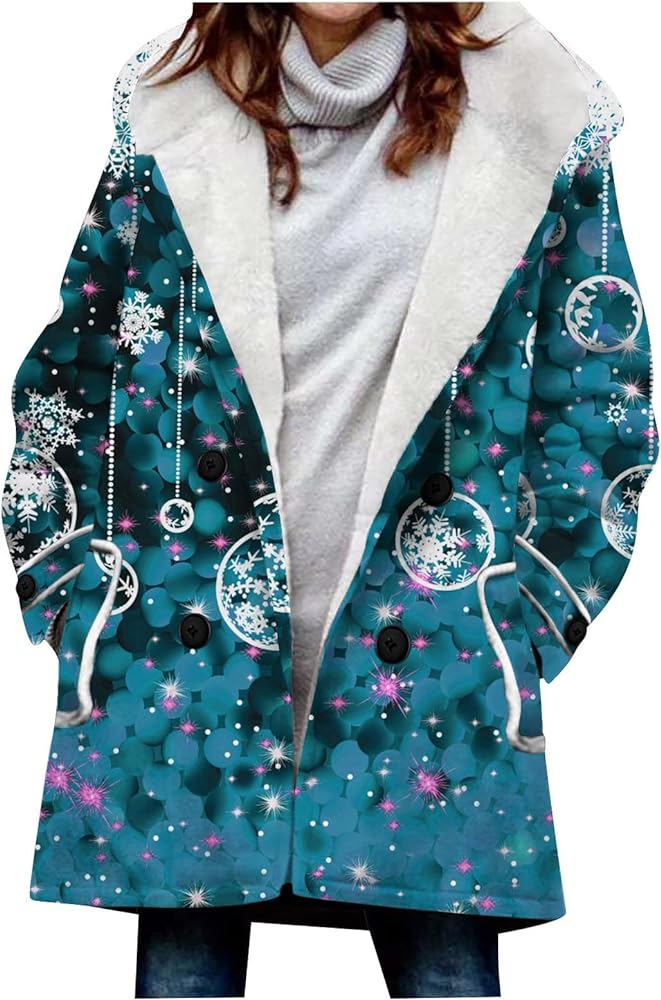
Alternatives to Wool Coats for Rain
In situations where heavy rain or extreme weather conditions are anticipated, alternatives to wool coats may be more appropriate:
-
- Waterproof Jackets: Waterproof jackets, typically made from synthetic materials like nylon or polyester, offer superior protection from heavy rain and harsh weather conditions. Their waterproof membranes prevent water penetration, keeping you dry and comfortable even in downpours.
-
- Water-Resistant Jackets: Water-resistant jackets, often made from blends of synthetic and natural fibers, provide a balance between breathability and water resistance. They are suitable for light rain or drizzle but may not offer the same level of protection as waterproof jackets.
- Raincoats: Raincoats, specifically designed for heavy rain, offer maximum protection from the elements. Their waterproof construction and sealed seams prevent water penetration, keeping you dry even in the most challenging weather conditions.
-
Caring for Wool Coats in Rainy Weather
Even with precautions, wool coats may get wet in the rain. Here’s how to care for your wool coat after exposure to rain:
-
Drying Wet Wool Coats: Never apply direct heat to a wet wool coat, as this can damage the fibers. Instead, hang the coat on a well-ventilated hanger away from direct sunlight or heat sources. Allow the coat to air dry completely before wearing it again.
-
Removing Stains: If your wool coat gets stained from rain, address the stains promptly to prevent them from setting. Blot up any excess moisture with a clean, absorbent cloth. Depending on the type of stain, you may need to use a wool-safe stain remover or consult a professional cleaner for stubborn stains.
-
Preventing Mold and Mildew: Damp wool coats are susceptible to mold and mildew growth. Ensure your wool coat dries completely before storing it. Consider using a dehumidifier in your closet to prevent moisture buildup, especially during humid weather.
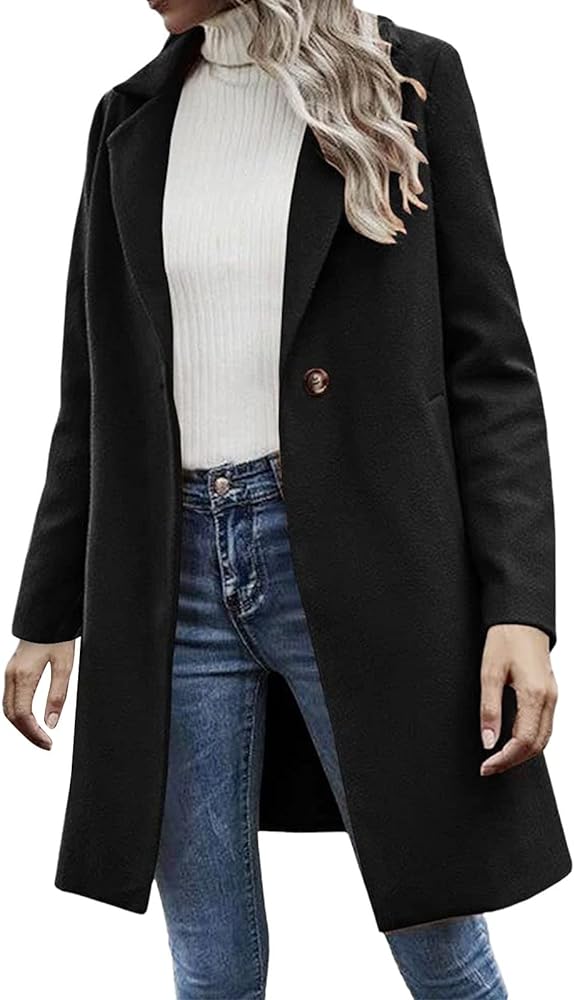
Style Tips for Wearing Wool Coats in the Rain
Embracing a wool coat in rainy weather doesn’t mean sacrificing style. Here are some tips:
-
Choosing the Right Length and Style: Opt for a shorter wool coat, like a peacoat, for greater mobility in rainy conditions. Trench coats offer a classic choice with their water-resistant features and ability to shield your legs from the rain.
-
Accessorizing for Rainy Weather: Pair your wool coat with a stylish umbrella and rain boots to complete your rainy-day look. A scarf can add a touch of warmth and personality, while a hat helps keep the rain off your head.
-
Maintaining a Stylish Appearance: Brush away any water droplets or dirt from your wool coat after the rain. A wrinkle release spray can help smooth out any creases caused by wetness.
Wool Coats: A Fashionable and Functional Choice for All Seasons
Wool coats offer a compelling combination of fashion and functionality, making them a valuable addition to any wardrobe. While their water resistance may not be on par with dedicated raincoats, understanding their properties and employing the right strategies can extend their wearability to rainy days.
-
Versatility of Wool Coats: Wool coats are incredibly versatile, transitioning seamlessly from casual outings to dressier occasions. Their timeless style ensures they remain relevant season after season.
-
Durability of Wool Coats: Wool is a naturally durable fiber, known for its ability to resist wear and tear. With proper care, a wool coat can last for many years, making it a sustainable investment piece.
-
Sustainability of Wool Coats: Wool is a natural, renewable resource, making wool coats a more eco-friendly choice compared to synthetic alternatives. Sheep production also contributes to maintaining healthy grasslands, promoting biodiversity.
Conclusion
Wool coats, with their timeless elegance and inherent comfort, transcend mere outerwear to become a symbol of sophistication and practicality. By understanding their rain resistance capabilities and employing proper care techniques, you can unlock the full potential of your wool coat, enjoying its warmth and style throughout the year, rain or shine.
-


